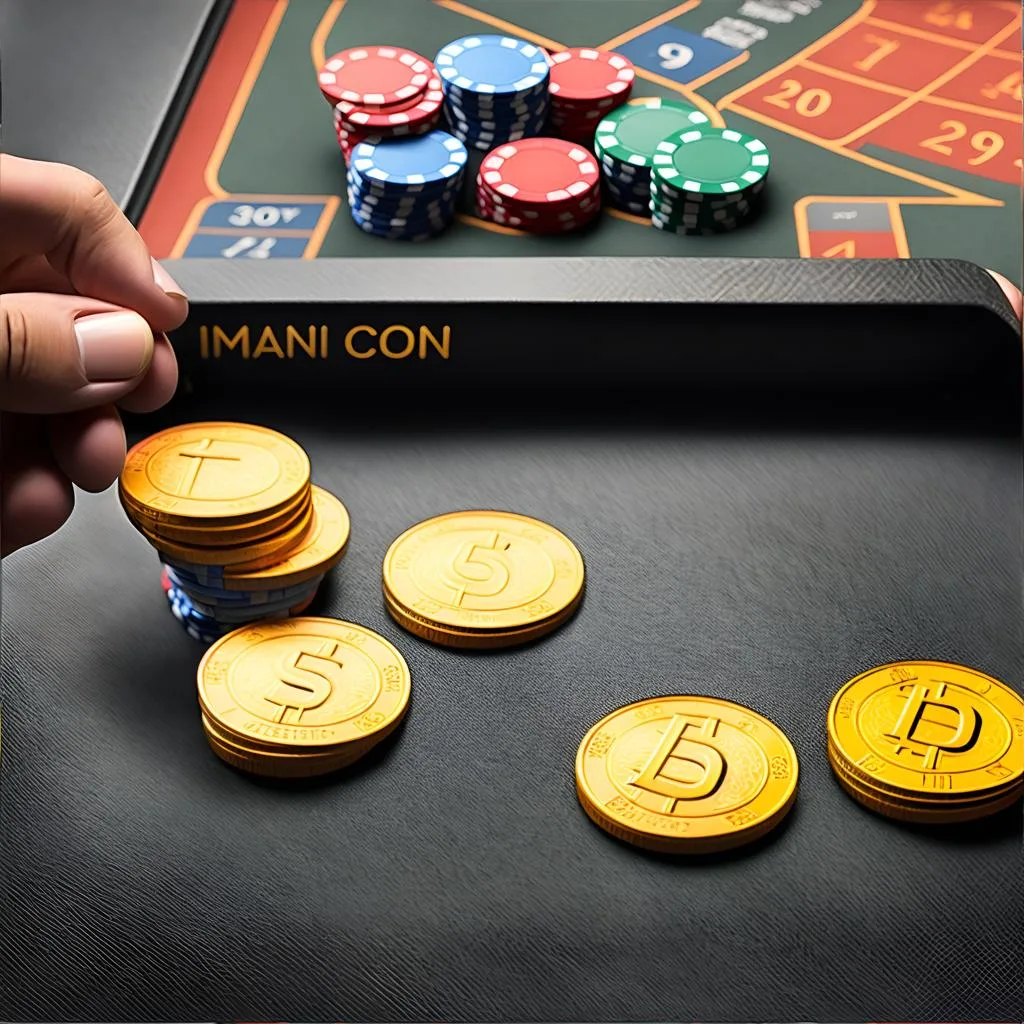
Coin tosses have long been used to make crucial decisions and settle bets in various scenarios, from sporting events to high-stakes gambles. The ability to predict or control the outcome of a coin toss can be a powerful advantage. In this article, we will explore different methods to control a coin toss and the story of the legendary con artist known as “The Flipper.”
Controlling a Coin Toss
One method to control a coin toss is to spin the coin horizontally and give it a little kick with the thumb as it is tossed upwards. This causes the coin to rotate and wobble without flipping, creating a pronounced wobble while throwing it straight upwards to emulate a legitimate coin flip.
Another method involves using gaffed coins. These coins have had their edges expertly filed and re-milled, so when spun, they are more likely to land on a preferred side. Professional hustlers can create these coins with simple tools.
The Flipper: A Master Coin Flipper
As a con man, “The Flipper” has succeeded in creating his own legend with almost no personal details being revealed. His ability to control a coin toss under seemingly impossible circumstances baffled people.
When the Flipper tossed a coin, thousands of dollars would ride on the outcome. The coin toss itself was fair and random, but what happened after the flip is where the Flipper’s genius came into play. He could trap the coin in a seemingly fair manner so it couldn’t be controlled, allowing him to tell if the coin was heads up or tails up by sense of touch. He would then keep it that way while placing it into a seemingly fair position for people to gamble on the outcome.
This meant that the Flipper alone knew the outcome before any bets were made. Since he would be the bookie for the bets taken, he had the ultimate advantage. His skill and showmanship gave him a powerful advantage, often having dozens of people betting on the toss of a coin, each winning and losing according to a seemingly random and fair coin toss.
Working with Shills
The Flipper also worked with shills who bet money on the winning side, allowing him to encourage more bets from unsuspecting individuals on the losing side. An expert shill might bet on heads after receiving a signal from the Flipper, then offer odds to anyone who would bet against him, pushing all the suckers towards the losing option.
The Legacy of the Flipper
The Flipper’s ability to control the outcome of a coin toss allowed him to deceive and profit from unsuspecting individuals. He employed various methods to achieve this, taking advantage of the certainty of the outcome.
It is unclear what ultimately became of the Flipper, but his legacy as a successful con artist lives on. His name may never be known, but his tactics serve as a cautionary tale about the dangers of trusting in chance and the importance of being vigilant in all situations.
In the end, the Flipper’s story serves as a reminder that not everything is as it seems, and that we must always be aware of those who seek to deceive us, even in something as seemingly innocuous as a coin toss. This cautionary tale emphasizes the importance of being vigilant and questioning everything, especially when it comes to matters of chance and trust.
Coin tosses may seem like a simple and fair way to make decisions or settle bets, but as the story of the Flipper shows, there is always the potential for deception and manipulation. By being aware of these possibilities and staying vigilant, we can protect ourselves from falling victim to such schemes.




